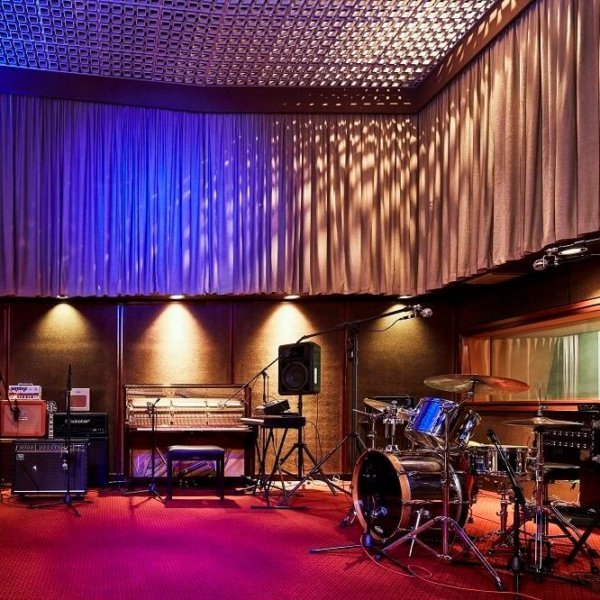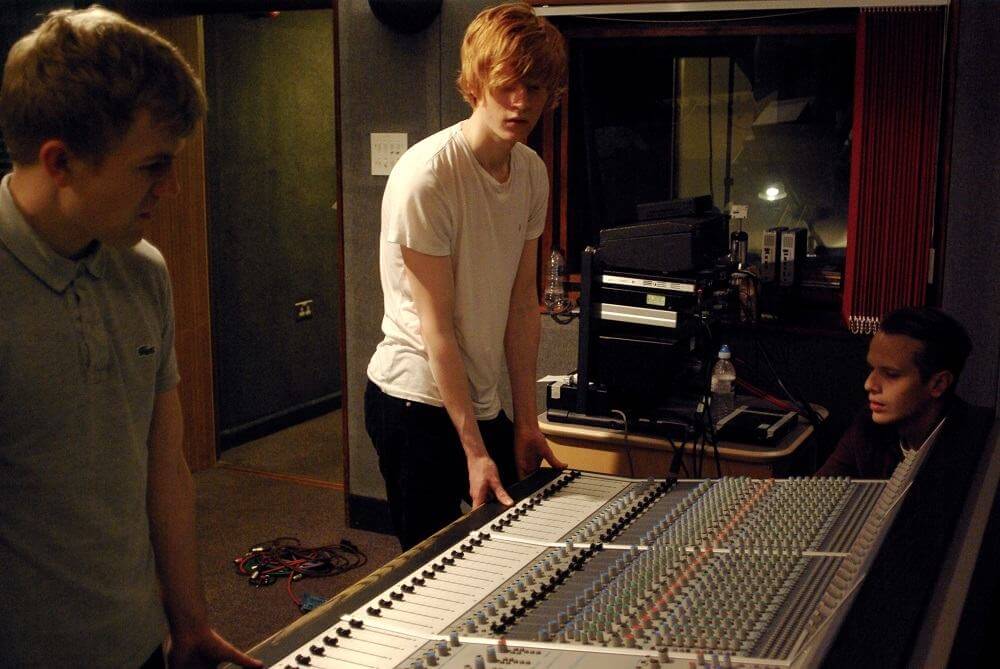When an old recording room was unearthed in the recently vacated central Manchester ITV/Granada buildings, it immediately sparked Brendan Williams’ curiosity. Programme leader of Creative Music Technology at the University of Salford by day, and producer/engineer the rest of the time, Williams saw huge potential in this surprisingly large, forgotten space, and together with Dan Parrott and Katie Popperwell they not only resurrected, but reinvented it to create Low Four.
“Bringing in the ASP8024 has improved the workflow dramatically”
Fast forward to today: the space, which comprises a large live room with a viewing gallery and a control booth, has an Audient ASP8024 at its heart and is run as a commercial recording studio, a bespoke events space and even streams live tv-style programming.
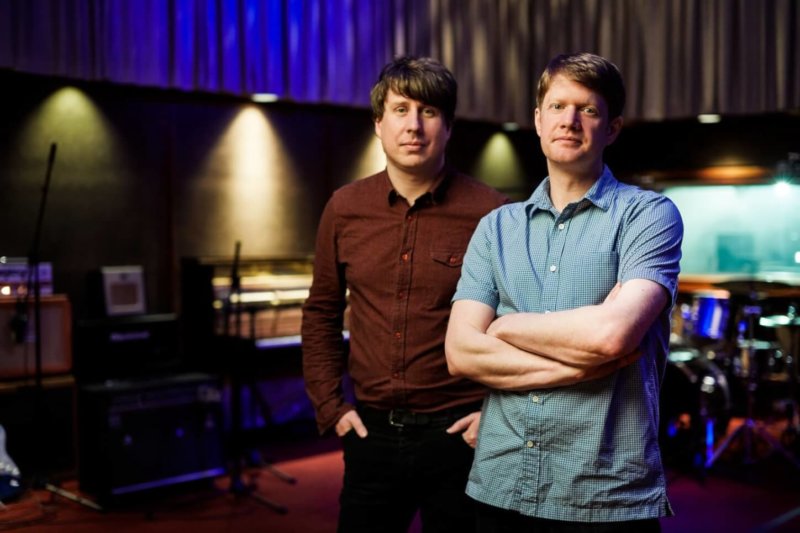
“I had no idea that there had been such a high spec purpose built music facility in Granada,” confesses Williams, whose recent work includes releases from Gogo Penguin (Blue Note Records) and Dutch Uncles (Memphis Industries). He likened the space to BBC’s Maida Vale studios. Originally built in 1956 the facility was acoustically refurbished in 1979, and was where the orchestral music for UK television behemoths such as Jewel In The Crown and Brideshead Revisited was recorded.
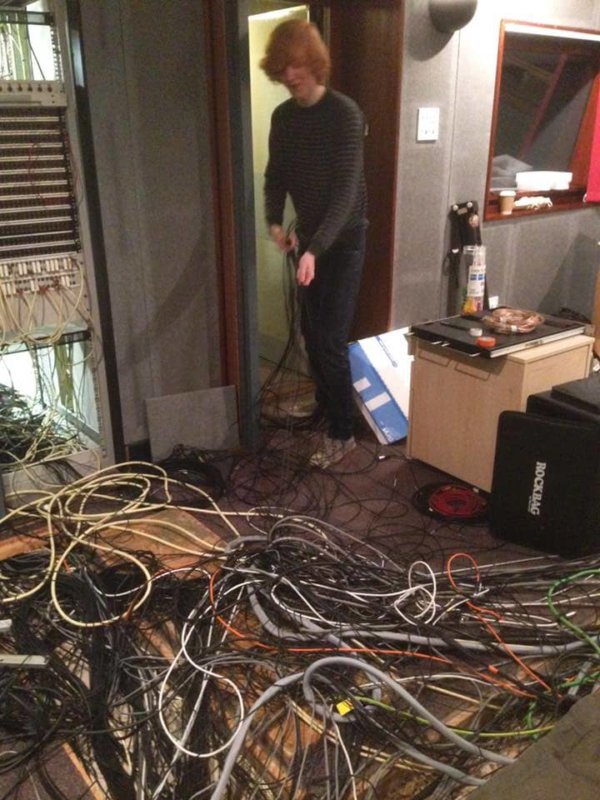
By the 1990s the studio was decommissioned, and relegated to occasional green room for visiting artists, so sifting through the archaeology of half a century’s worth of wiring was a huge job. “One of the on-site electricians (who’d been employed previously by Granada Studios) joked about how new technology had been literally piled on top of old in some parts of the building – that seemed to be the case here too.” Williams enlisted the help of a few university colleagues & students, to see if any of the technological infrastructure was still usable. When partially removing the floor in the control room, they were met with “a writhing mass of both audio and coaxial cables”; so clearly it was a mammoth task. “Over time we’ve stripped pretty much everything out and established 12 more lines between the booth and the Control Room and lines to the gallery for the Low Four TV shows.”
So how far have they got? “We are up and running,” confirms Williams. “Bringing in the ASP8024 has improved the workflow dramatically, so we’re just in the process of putting everything we need on the bays in an intuitive fashion. This is happening stage by stage, so we can keep recording as we go. Currently the group outputs are normalized to the AD inputs as you might expect (for multi-track capture) but I’m going to play around with using the inserts as balanced direct outputs, as it will free up the group faders for both the live to 2-track mix and better workflow with the TV style shows.”
“What I really value is the way that they are laid out physically. Both from a user and educator’s point of view, they’re really intuitive and uncluttered.”
No stranger to Audient, Williams has taught a generation of music tech students using the British consoles for over ten years at the University of Salford. “What I really value is the way that they are laid out physically. Both from a user and educator’s point of view, they’re really intuitive and uncluttered. The pre’s are great and the EQ is really musical. If budgets allow I prefer to mix in stems and sum in the analogue domain, the ASP works really well in this context.

“It’s great to have so many auxes too, invaluable when you’re dealing with multiple headphone mixes and real-time effects processing and re-amping. The stereo buss doesn’t impart a huge amount of character on the mix, which I like; I prefer a clean ‘open’ sounding board, which accurately reflects the processing I’m doing in the analogue or digital domain.”
“I prefer a clean ‘open’ sounding board, which accurately reflects the processing I’m doing in the analogue or digital domain.”
No prizes for guessing why he went for an Audient console for Low Four too! “It’s about workflow really, you can make great sounding recordings with a small amount of – relatively affordable – gear these days but sometimes you want to have a lot of instruments permanently set up, so that over the course of a big project you can flit around as the mood takes you. For this you need lots of channels, flexible routing and lots of auxiliaries.”
He adds, “The ASP8024’s centre section is also really useful in the context of the live shows; I need to be able to listen to different sets of speakers or alt inputs and to be able to send the stereo mix to multiple sources. The ergonomics are also really important; when you know a board well it’s undeniably a faster way to work in a high-pressure situation.”
There are also plans afoot for an educational partnership between Low Four and the University of Salford. “It’s early days but we’ve been working very closely with current and recently graduated students to produce the shows and run some of the recording sessions, the students are invaluable to the project. I’d like to be bringing in groups of students more formally as the project progresses.”
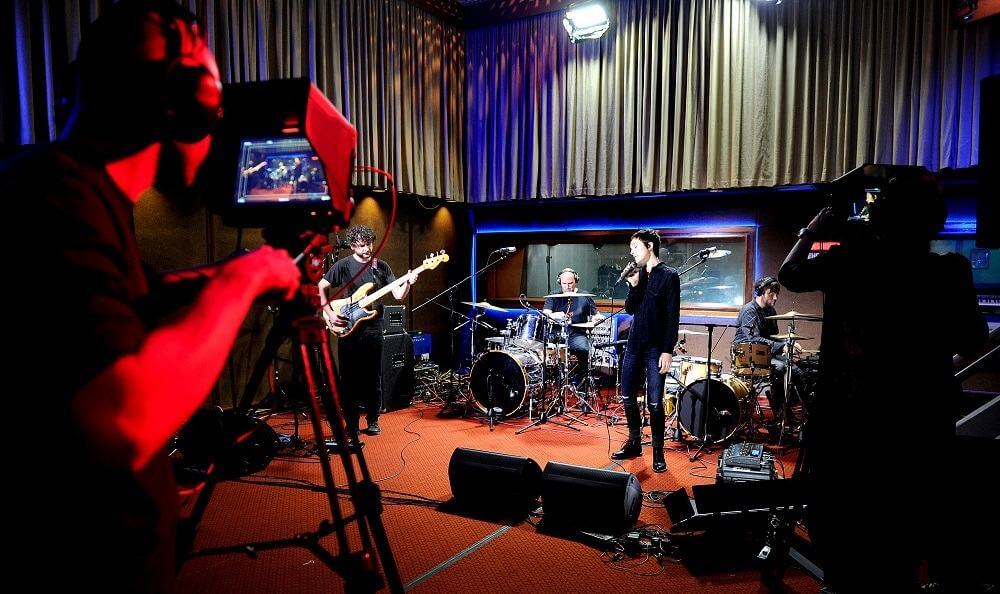
A lot to look forward to! Keep up to date with new events which are confirmed every week or so; it’s all listed on www.lowfour.tv or pop in to see them on any of their social media sites: Facebook , Twitter or Instagram.
